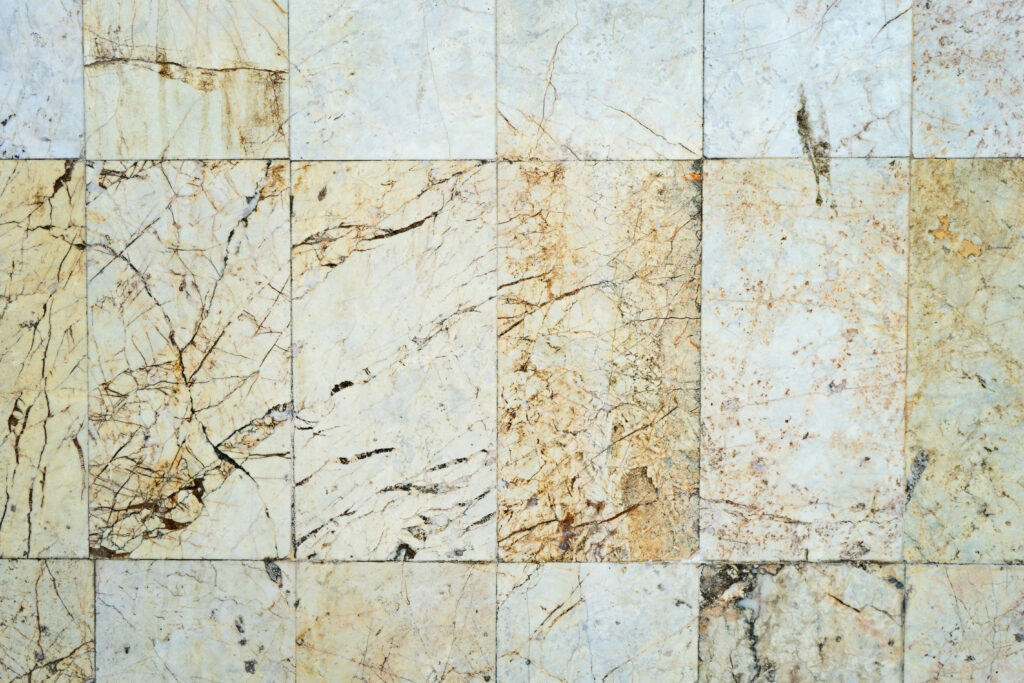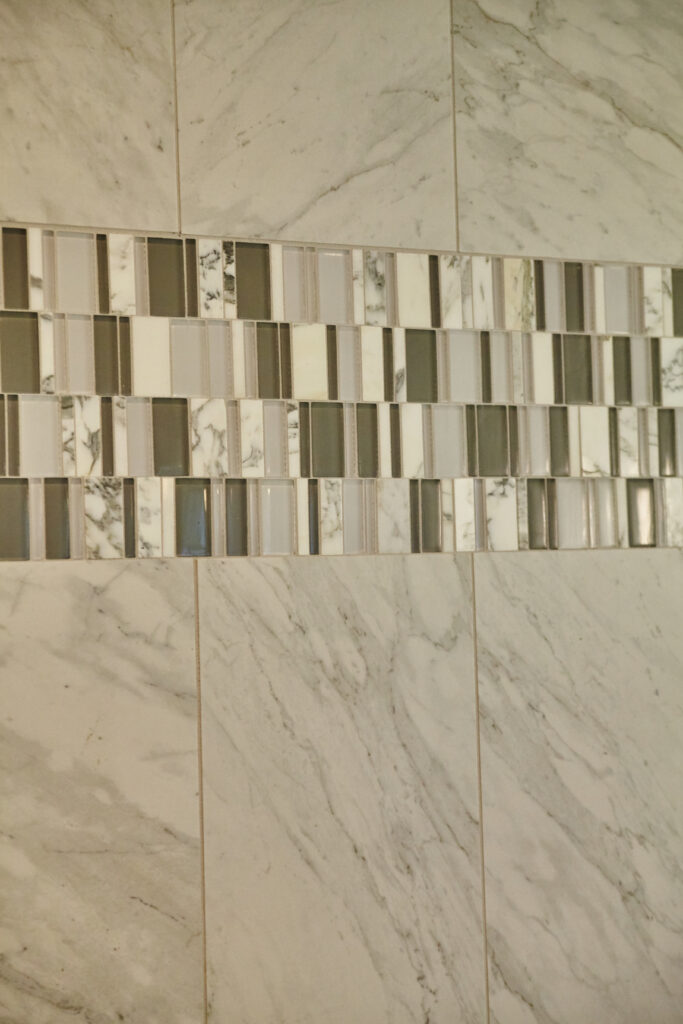Tiles have been a staple in architecture and interior design for thousands of years, serving both functional and decorative purposes. From ancient civilizations to modern homes, tiles have evolved significantly in terms of materials, techniques, and designs. Let’s take a journey through the fascinating history and evolution of tile design.

Ancient Beginnings
Mesopotamia and Egypt
- The earliest known use of tiles dates back to around 4000 BC in Mesopotamia. These tiles were primarily made from clay and adorned with intricate geometric patterns.
- In ancient Egypt, tiles were used to decorate the walls and floors of temples and tombs. The Egyptians were skilled in creating faience tiles, a glazed ceramic ware that featured bright blue and green hues.
Greek and Roman Influence
- The Greeks and Romans further advanced tile-making techniques. The Greeks introduced terracotta tiles, which were used extensively in roofing.
- Romans popularized mosaic tiles, creating stunning floors and murals with small, colored pieces of glass, stone, or ceramic arranged in intricate designs.
Medieval and Islamic Artistry
Byzantine Empire
- The Byzantine period saw the rise of decorative tiles in churches and public buildings. These tiles often featured religious iconography and complex geometric patterns.
- Mosaics reached new heights during this time, with vibrant, gold-infused designs adorning the interiors of Byzantine churches.
Islamic Golden Age
- Islamic art made significant contributions to tile design, particularly in Persia (modern-day Iran), Turkey, and Spain. Islamic tiles are renowned for their elaborate geometric and floral patterns, often featuring rich, vivid colors.
- The use of glazed tiles became widespread, with techniques such as cuerda seca (dry cord) and zellige (mosaic tilework) becoming prominent.
Renaissance to Industrial Revolution
Renaissance Europe
- The Renaissance period saw a revival of classical art and architecture, including tile design. Italian maiolica tiles, characterized by their tin-glazed surfaces and intricate painted designs, became highly sought after.
- Delftware, originating in the Netherlands, became popular in the 16th century. These blue and white ceramic tiles often depicted pastoral scenes and floral motifs.
Industrial Revolution
- The 19th century Industrial Revolution brought about significant changes in tile production. Advances in machinery allowed for mass production, making tiles more accessible and affordable.
- Victorian England saw a boom in decorative tiles, with encaustic tiles (featuring inlaid patterns) being used in public buildings and homes alike.
Modern and Contemporary Design

20th Century Innovations
- The 20th century introduced new materials such as porcelain and cement tiles. These materials offered greater durability and a wider range of design possibilities.
- Art Nouveau and Art Deco movements influenced tile design, with bold colors, stylized motifs, and geometric patterns becoming fashionable.
Contemporary Trends
- Today, tile design continues to evolve with advancements in technology and changing aesthetic preferences. Digital printing techniques allow for highly detailed and customizable tile designs.
- Sustainability has become a key focus, with eco-friendly materials and production methods gaining popularity.
Versatility in Modern Spaces
- Modern tiles are used in various applications beyond traditional areas like kitchens and bathrooms. They are now a staple in living rooms, outdoor spaces, and even as artistic wall features.
- Designers experiment with textures, shapes, and sizes, creating innovative layouts and visual effects.
Conclusion
From ancient clay tiles to modern digital prints, the evolution of tile design reflects the cultural, technological, and artistic advancements of each era. Tiles have transcended their utilitarian origins to become a crucial element of architectural and interior design, offering endless possibilities for creativity and expression. Whether you’re restoring a historical home or designing a contemporary space, the rich history of tiles provides a wealth of inspiration and enduring appeal.
Ready to transform your space with the latest tile trends? Visit our showroom at Thetileboutique.in Premium Tile Showroom in Chennai to explore our wide selection of tiles and get expert advice on your next project. Share your favorite trends with us in the comments below, and don’t forget to subscribe to our newsletter for more design inspiration! Effectively This Excellent website was built and designed by Kerplunk Media. They are productively provided Website Development, Digital Marketing, Video Production, Social Media Marketing, & Branding. Kerplunk Media is a leading digital marketing agency based in Pondicherry, Chennai. Check our website https://www.kerplunkmedia.com/ and https://kerplunkmediachennai.com/.




